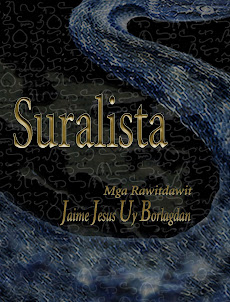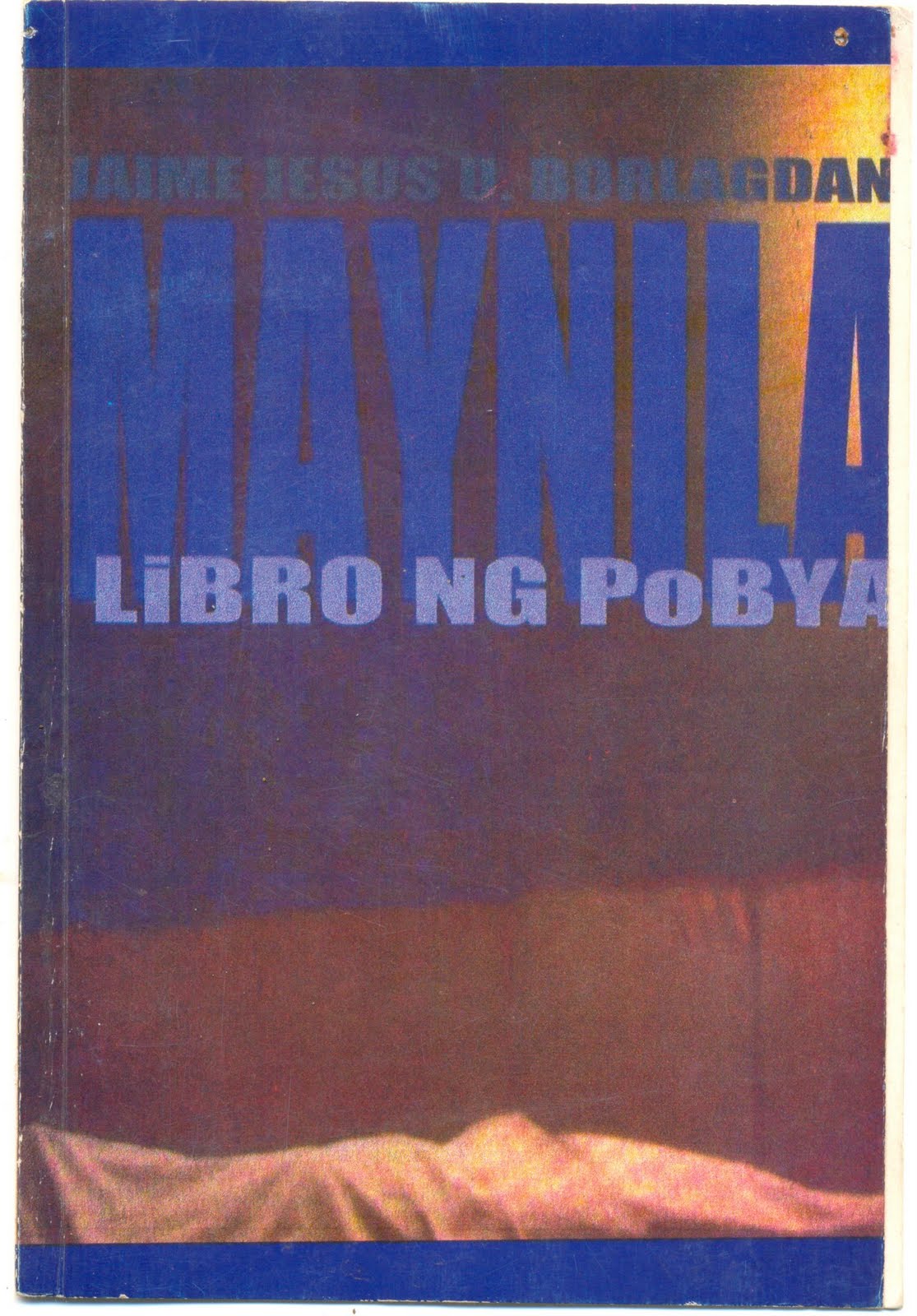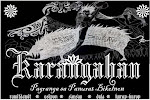Treseng Tigsik
1
Tinigsik ko ining gapo
an haraphap kong puso
kaito pighagad mo sako
kan pinalumoy ko
dai mo na tig-ako.
2
Tinigsik ko ining Pagkamoot
ngaran kan banwa ta kan enot
bago nagasod ni Nayokang Tabak ko
sa kastilang “que lugar este?” an hapot.
3
Tinigsik ko ini si padaba
magayon ta mataba-taba
ulunan kun siya sakong isipon
dampog na masiram pagkuguson.
4
Tinigsik ko ining Natunawan
na ki kaitong Maisog sarong kahadean
nagrambong, narugba, narunot kan uran
daungan ngonyan kan hukol
na hinangos ni Causwagan.
5
Tinigsik ko ining bangui
naghihibi, naghuhuni
uran an isinimbag kaini
kan inaram ko kun nata oni?
6
Tinigsik ko ining dampog
puro abó an laog
kan sakuyang dinangog
tuminigob na gari basog.
7
Tinigsik ko ining uran
tursidong rehas sa Kadlan
an minasayaw daa diyan
daog pa an piguulian.
8
Tinigsik ko ining daga
daing kintab pero bulawan
bakong daraga
pero pig-iiriwalan.
9
Tinigsik ko si Krishna
ngaran kan Diyos Ama
an magsirbe Saiya
kaya naging tawo ka.
10
Tinigsik ko ining pili
hararom na babayi
intindiha sana an unit na itom
ta dai ka nanggad makakatana
kan natok sa irarom.
11
Tinigsik ko ining iba
gibo kan dai nanara
aram nang an alsum
lampas pa sa ngana
dawa ngororis na
dawa nagroroluha
dai mapundo sagkod dai
napupunggol an dila.
12
Tinigsik ko an pantomina
mahamis na bangui an dara-dara
dawa hinghing na sana
kan uminabot sakuya
iyo man giraray
an sa daghan ko
minarugba.
13
Tinigsik ko an baraylihan
kan mga burak buda ayam
nasa mga ayam sa puon an pagtios
nasa mga burak sa hudyan an pagluyos.
Huli sa Hulyo
Posted by
Jai Jesus Uy Borlagdan
Monday, July 18, 2005








0 comments:
Post a Comment